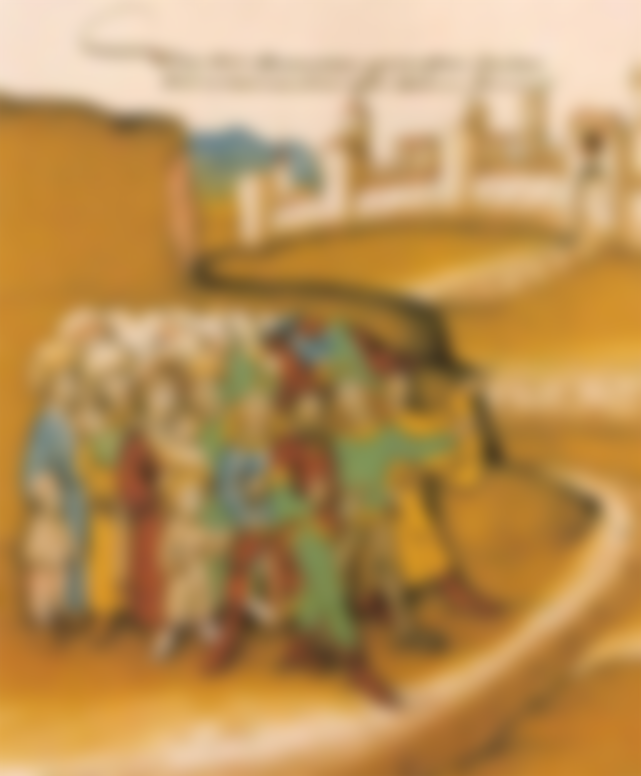The Roma are the proper name of a traditionally nomadic people originally from northwestern India who are classified as an Indo-Iranian language family. Their migrations began in Asia perhaps in the 13th century, and from there began to spread to Europe.

In 1192, Mahmut Gor, the sultan of Afghanistan, overcame the detention of Raju Ceauskan, blinded him and expelled the Roma from India after the 21st kingdom. That year they leave Punjab, the northern part of India, and have since sought their place under the sun.

In the Balkans, the Roma were designated by a term that originally meant an old Byzantine sect (Greek: Athiganoi-Atsiganos), and the term "Gypsies" (Romanian: Ţigani, Italian: Zingaro, German: Zigeuner, Czech: Cikáni) was formed over time. .Even during the Middle Ages, the Roma were in the area of Byzantium. They migrated to the areas of Central European medieval kingdoms during the 13th century. Their wave of migration did not stop there, it was only in the middle of the 16th century that their main migratory current stopped when they arrived in England and Scandinavia.

The first point to remember the Roma in Croatia was certainly Dubrovnik in the 14th century. During the 15th century, several surnames and nicknames appeared in other parts of Croatia, such as "Zinganus", "Cigan", "Ciganin", "Čigan", etc. They are also mentioned in documents such as Modruški urbar (1486), various court documents, Kaptol correspondence, etc.
In the 14th and 15th centuries, the Roma in Croatia were primarily engaged in crafts and trade.
But their arrival is certainly connected to the Ottoman incursions and war campaigns.

Situations were not always acceptable to Roma. The arrival of the first Roma in Germany from the Ottoman Balkans, in the 15th century, was interpreted in the then Reichstag as an infiltration of Turkish spies. In 1531, the time of Henry VIII, the English Parliament passed the Gypsies Act, which convicted Roma of fortune-telling and participation in thefts and required them to leave the country within 16 days. Many English Roma were forcibly embarked on ships and expelled to Norwegian soil.

The change in the perception and attitude towards the Roma was also noticeable among the Croatian authorities in the 16th century. Thus, at the beginning of the 16th century, the Croatian authorities began to ban the arrival of Roma and restrict their movement.
Shortly after the conquest of Slavonia and Srijem, the Habsburg authorities, among other things, tried to regulate the "Gypsy issue". One of the first Habsburg measures was the appointment of the vicar of the monastery of Ćelija, Mitrofan Popović, as the "director of the Gypsies of Rac" with the task of forcing nomadic Roma between the rivers Drava and Sava to a sedentary and moral way of life.

In 1710, the Habsburg ruler Joseph I ordered that adult Roma be hanged without trial, and that women and boys be flogged and banished forever. In the Kingdom of the Czech Republic, the right ear of the Roma was cut off as punishment, and in the Margraviate of Moravia, the left. In the mid-18th century, the Spanish Bourbons mass-imprisoned Roma in labor camps, and Maria Theresa subjected nomadic settlers to forced assimilation.
In the area of the Military Border, Roma mostly worked as craftsmen (they made various objects from iron and wood, eg horseshoes, pitchforks, knives, nails, troughs, utensils),merchants, musicians, soldiers and beggars.


A part of the Roma population in Slavonia was listed by the chamber census from 1736, in the "town" of Vukovar. In 1787, 40 Roma families lived in the Vukovar district. Vukovar used to have a Gypsy alley.







